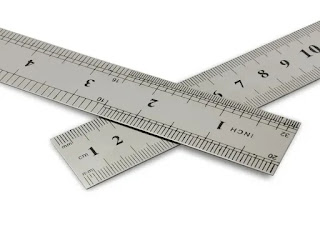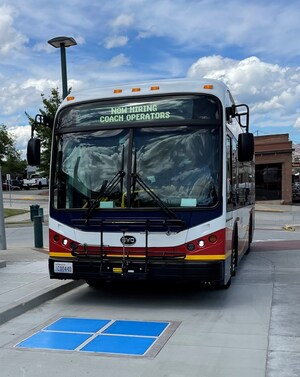The Case for a Front-Facing Green Brake Light: What a 200-Crash Replay Reveals
If you’ve ever hesitated at an intersection, unsure whether that approaching car is actually slowing, you’ve felt the information gap this idea tries to close: a front-facing brake light, glowing green when the driver is braking.
What the new research shows
Researchers at Graz University of Technology (TU Graz), working with traffic-psychology experts, reconstructed 200 real intersection crashes and re-ran them with a hypothetical front brake light (FBL). The results are eye-opening: 7.5% to 17% of collisions could have been prevented, and in up to a quarter of cases, remaining crashes would have occurred at lower impact speeds—meaning less severe injuries. The peer-reviewed paper appears in Vehicles.
Why green?
Multiple color options were tested conceptually, but green performed best for visual salience and psychological clarity—it’s rarely used on vehicles for other light functions and is already associated with “proceed/clear” in traffic signaling, which helps drivers parse intent quickly.
Simulation today, street proof tomorrow
So far, real-world testing has been limited—Slovakia has trialed a front brake light in live traffic—so the bulk of new evidence is simulation-based. That’s not a deal-breaker; it’s a common first step in safety innovation, but scaling will require field pilots across road types, weather, and cultures.
A low-cost retrofit path
Because an FBL is just a light and control logic, it’s inexpensive relative to ADAS sensors and can be added to new builds or retrofitted to existing fleets. Packaging is straightforward (grille or bumper-level), and the signal can be gated by the same events that trigger rear brake lamps, with added logic for standstill creep, AEB, or regen braking.
The regulatory hurdle
Turning a green lamp on the front of vehicles into a global standard means aligning with UNECE/SAE lighting rules, color allocations, intensity and glare limits, and signal harmonization to avoid confusion with indicators or DRLs. Traffic-psychology backing isn’t new—the Bonn Institute for Forensic and Traffic Psychology has advocated front brake signaling for years—but modern, multi-market pilots will be needed before rulemakers codify it.
Where this fits in the safety stack
Front brake lights don’t replace AEB, V2X, or cameras; they augment human situational awareness. Think of them as “human-readable V2X”—a simple, universal cue that compresses a driver’s perception-to-brake timeline at the most chaotic place on the road: intersections. Independent coverage echoes the potential, but also the caveats about real-world validation.
What should happen next
Large-scale field pilots in diverse cities, with mixed vehicle types and pedestrians/cyclists.
Human-factors tuning: intensity, placement, anti-glare cutoffs, and when the light should not display (e.g., hill-hold creep).
Standards proposal to UNECE/SAE with data on conflicts, false positives, and night-glare mitigation.
Fleet retrofits (buses, delivery vans, taxis) to gather high-exposure evidence quickly.
Bottom line
The signal is simple, the hardware is cheap, and the modeled upside is meaningful. If ongoing pilots confirm even the lower end of the effect size, a green front brake light could become one of the highest-ROI safety features added to vehicles in years.





Yorumlar
Yorum Gönder